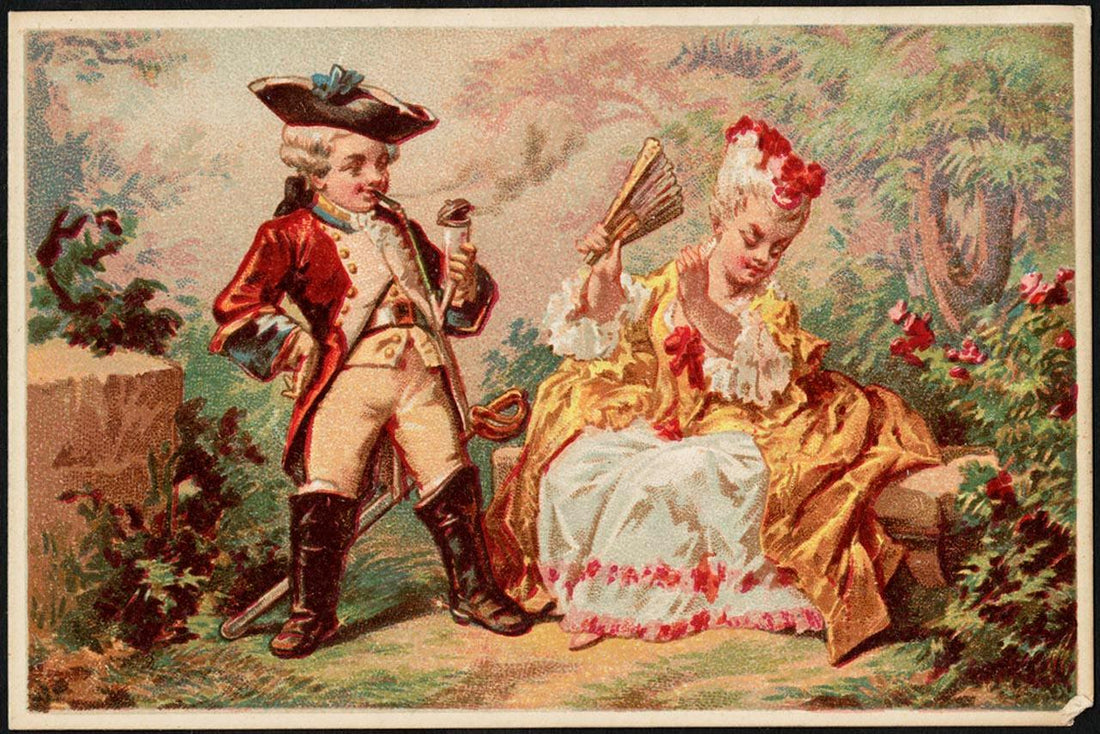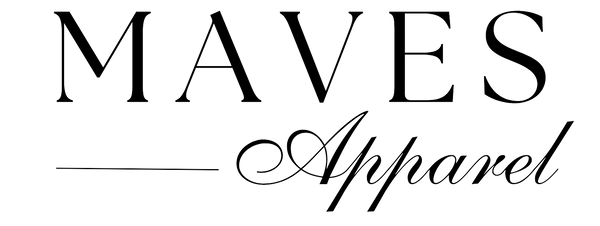
Baroque Fashion in Germany
Share
Baroque fashion, which originated in Italy in the early 17th century, was a highly decorative and ornate style characterized by extravagance, grandeur, and richness. It quickly spread throughout Europe, including Germany, where it had a significant impact on fashion, art, and culture. In this article, we will take a closer look at the history of baroque fashion in Germany, its defining characteristics, and its influence on contemporary fashion trends.
Introduction
Baroque fashion, which flourished in Germany during the 17th and 18th centuries, was characterized by its highly ornamental and decorative style, reflecting the cultural and artistic values of the Baroque period. This style was marked by its emphasis on richness, luxury, and elegance. Baroque fashion was not only about clothing, but it also included elaborate hairstyles, makeup, and accessories.
Historical Context: The Baroque Period in Germany
The Baroque period in Germany was marked by significant political and social changes, including the Thirty Years' War, which devastated the country's economy and left many people in poverty. Despite this, the Baroque era was a time of great artistic and cultural achievement, with artists, architects, and designers creating some of the most significant works of the period. Baroque fashion was an essential part of this cultural movement and reflected the period's values and ideals.

Baroque Fashion: A Distinctive Style
Fabrics and Colors
Baroque fashion was characterized by its luxurious fabrics, including silk, velvet, and brocade, which were often embellished with gold or silver thread, pearls, or embroidery. The use of vibrant colors, such as red, blue, green, and gold, was also typical of the style.
Silhouettes
Baroque fashion was characterized by its elaborate and exaggerated silhouettes, with clothing that emphasized the natural curves of the body. Women's dresses often had tight bodices and full skirts, while men's clothing included long coats, breeches, and waistcoats.
Accessories
Accessories were an essential part of Baroque fashion and were used to accentuate the overall look. Women's accessories included elaborate headdresses, jewelry, and fans, while men wore hats, wigs, and ornate shoes.
Hairstyles and Makeup
Baroque hairstyles were characterized by their elaborate and exaggerated styles, with women's hair often piled high on top of their heads and decorated with ribbons, jewels, or flowers. Makeup was also an essential part of Baroque fashion, with women using white lead to lighten their skin and enhance their beauty.
The Role of Baroque Fashion in German Society
Baroque fashion was an essential part of German society during the 17th and 18th centuries, with the ruling classes using clothing and fashion as a means of displaying their wealth, power, and status. Baroque fashion was also an important form of self-expression and individuality, allowing people to showcase their personalities and tastes.
The Legacy of Baroque Fashion
Baroque fashion, which originated in Italy in the early 17th century, was a highly decorative and ornate style characterized by extravagance, grandeur, and richness. It quickly spread throughout Europe, including Germany, where it had a significant impact on fashion, art, and culture. In this article, we will take a closer look at the history of baroque fashion in Germany, its defining characteristics, and its influence on contemporary fashion trends.

Baroque Fashion and Contemporary Fashion Trends
Despite being a historical style, Baroque fashion continues to influence contemporary fashion trends. The use of opulent fabrics, intricate embroidery, and embellishments can be seen in many high-end fashion collections, particularly during the fall and winter seasons. The trend towards maximalism, with its emphasis on luxury and excess, can also be traced back to the Baroque period.
Conclusion
Baroque fashion was a highly ornate and decorative style characterized by extravagance, grandeur, and richness. It played a significant role in German culture and society during the 17th and 18th centuries, reflecting the artistic and cultural values of the Baroque period. Its legacy continues to inspire contemporary designers and fashion trends, making it an enduring influence on the world of fashion and style.
FAQs
Q1. What is Baroque fashion?Ans: Baroque fashion is a highly ornate and decorative style characterized by its use of rich fabrics, ornate designs, and exaggerated silhouettes. It originated in Italy in the early 17th century and quickly spread throughout Europe, including Germany.
Q2. What fabrics were commonly used in Baroque fashion?
Ans: Baroque fashion was characterized by the use of luxurious fabrics, including silk, velvet, and brocade, often embellished with gold or silver thread, pearls, or embroidery.
Q3. What was the role of fashion in German society during the Baroque period?
Ans: Fashion was an essential part of German society during the Baroque period, with the ruling classes using clothing and fashion as a means of displaying their wealth, power, and status. It was also an important form of self-expression and individuality.
Q4. How has Baroque fashion influenced contemporary fashion trends?
Ans: Baroque fashion continues to influence contemporary fashion trends, particularly through its use of opulent fabrics, intricate embroidery, and embellishments. The trend towards maximalism, with its emphasis on luxury and excess, can also be traced back to the Baroque period.
Q5. What is the legacy of Baroque fashion?
Ans: The legacy of Baroque fashion can be seen in the enduring influence it has had on fashion and culture in Germany and beyond, with many contemporary designers and fashion trends drawing inspiration from its ornate and decorative style.
